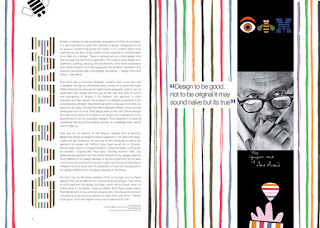Codes & Convention

The conventions of this scene is the character, the theme, and the situation. The codes of this scene is the lighting, the sound, the visual, text and graphic's. The theme is based in the streets where the character rides his bike and goes to the basketball court. Then it takes you back to him riding his bike in which he ends up in a situation, where he bargains with the store owner and his son for a grape soda and jerky. In this scene the lighting goes from light to dark as the day goes by and shows graphic spray painting and graphic texts on the wall as the character rides his bike through the scene. In this scene there are a lot of camera movements, the camera man takes shots from low angles, high angles, close ups, medium close ups, full shots, and a long shots.


